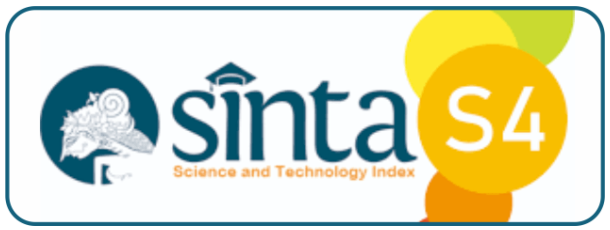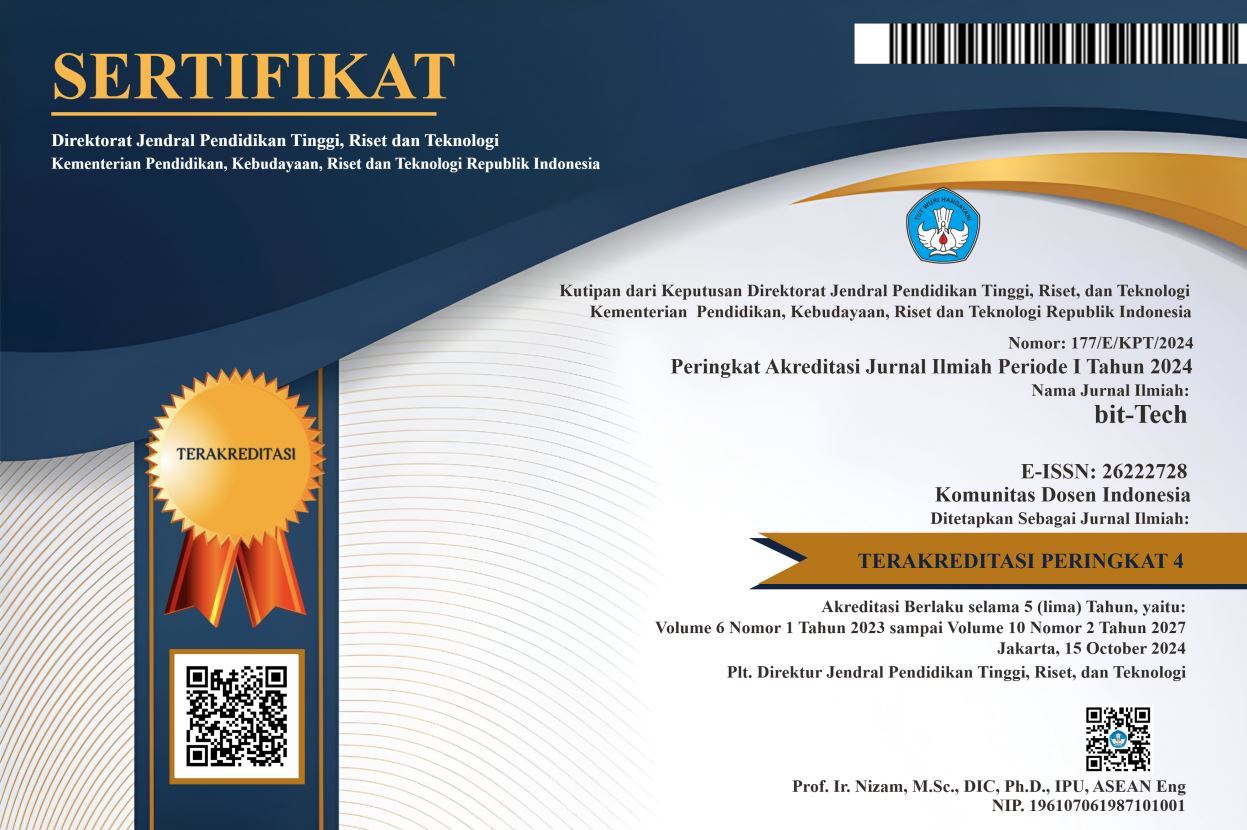Design of Non-Contact Temperature Meter and Automatic Berrier Based On Arduino Uno with C Programming Language
DOI:
https://doi.org/10.32877/bt.v4i3.440
Keywords:
Temperature gauge, Arduino, Tool, C Programming Language, Temperature
Abstract
Buddhi College Junior High School is one of the Buddhist schools in Tangerang City in the field of education that requires infrastructure in it. In the era of the Covid-19 pandemic which is increasingly rampant and many activities are dismissed so that it interferes with performance both in terms of education and in the business sector, until in the end many places have to be closed and even have to lose money due to this pandemic, then places must have standard protocols that are met . With this protocol, entrepreneurs and places, one of which is the world of education, need tools that can fulfill the protocol. The lack of knowledge about the symptoms of this disease requires the user to measure his body temperature when entering a place, one of which is a school or university. Temperature gauge is the hotness of an object or object that can be felt. not only used for companies or crowded places, temperature meters can also help health workers to monitor patients easily and quickly. Through the process of understanding until the design process is carried out, an Arduino-based tool design is formed with an algorithm with the c programming language and the workings of the tool to be made. The collected dataset is then sampled for manual processing. The manual process serves to measure the accuracy of the temperature being measured so that it can be implemented on the tool to be made.
Downloads
Downloads
Published
How to Cite
Issue
Section
License
Copyright (c) 2022 bit-Tech

This work is licensed under a Creative Commons Attribution-ShareAlike 4.0 International License.
I hereby assign and transfer to bit-Tech all exclusive copyright ownership rights to the above work. This includes, but is not limited to, the right to publish, republish, downgrade, distribute, transmit, sell, or use the work and other related materials worldwide, in whole, or in part, in all languages, in electronic, printed, or any other form of media, now known or hereafter developed and reserves the right to permit or license a third party to do any of the above. I understand that this exclusive right will belong to bit-Tech from the date the article is accepted for publication. I also understand that bit-Tech, as the copyright owner, has sole authority to license and permit reproduction of the article. I understand that, except for copyright, any other proprietary rights associated with the work (e.g. patents or other rights to any process or procedure) must be retained by the author. In addition, I understand that bit-Tech permits authors to use their papers in any way permitted by the applied Creative Commons license.


 DOI :
DOI :
 Abstract views: 289
/
Abstract views: 289
/  PDF downloads: 266
PDF downloads: 266











